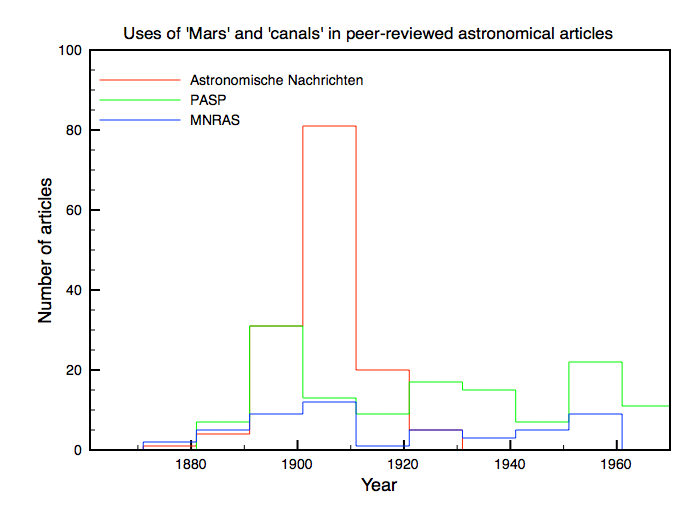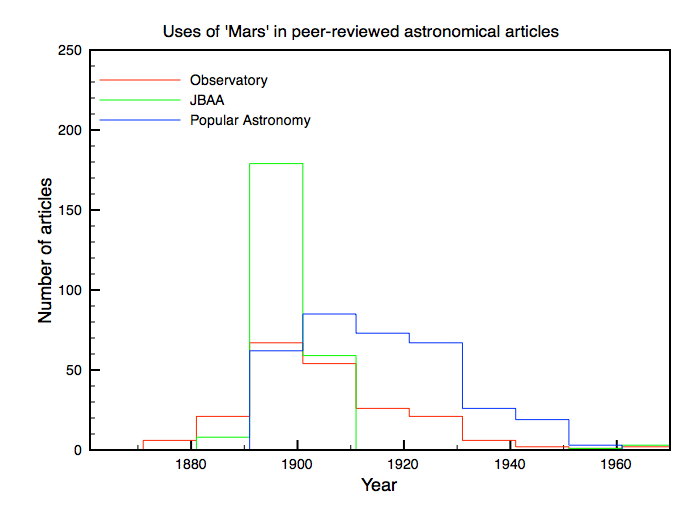Volcanic warfare — II
Quite some time ago I promised to write more about J. M. Spaight’s Volcano Island (published in 1943 but written late in 1942). I probably should do that at some point. Such as now. Here I want to look at what he has to say about area bombing. He quite unapologetically uses this phrase, even […]




